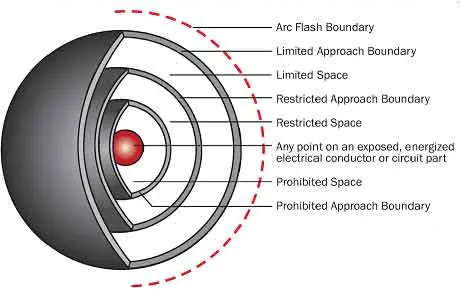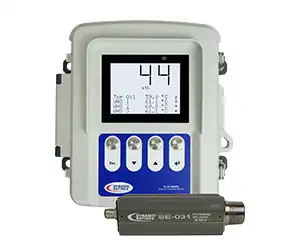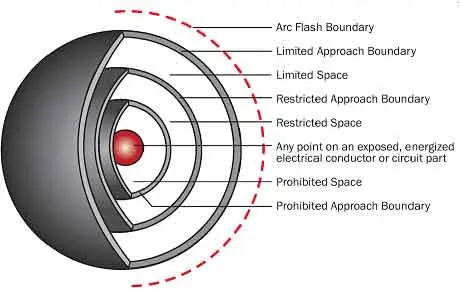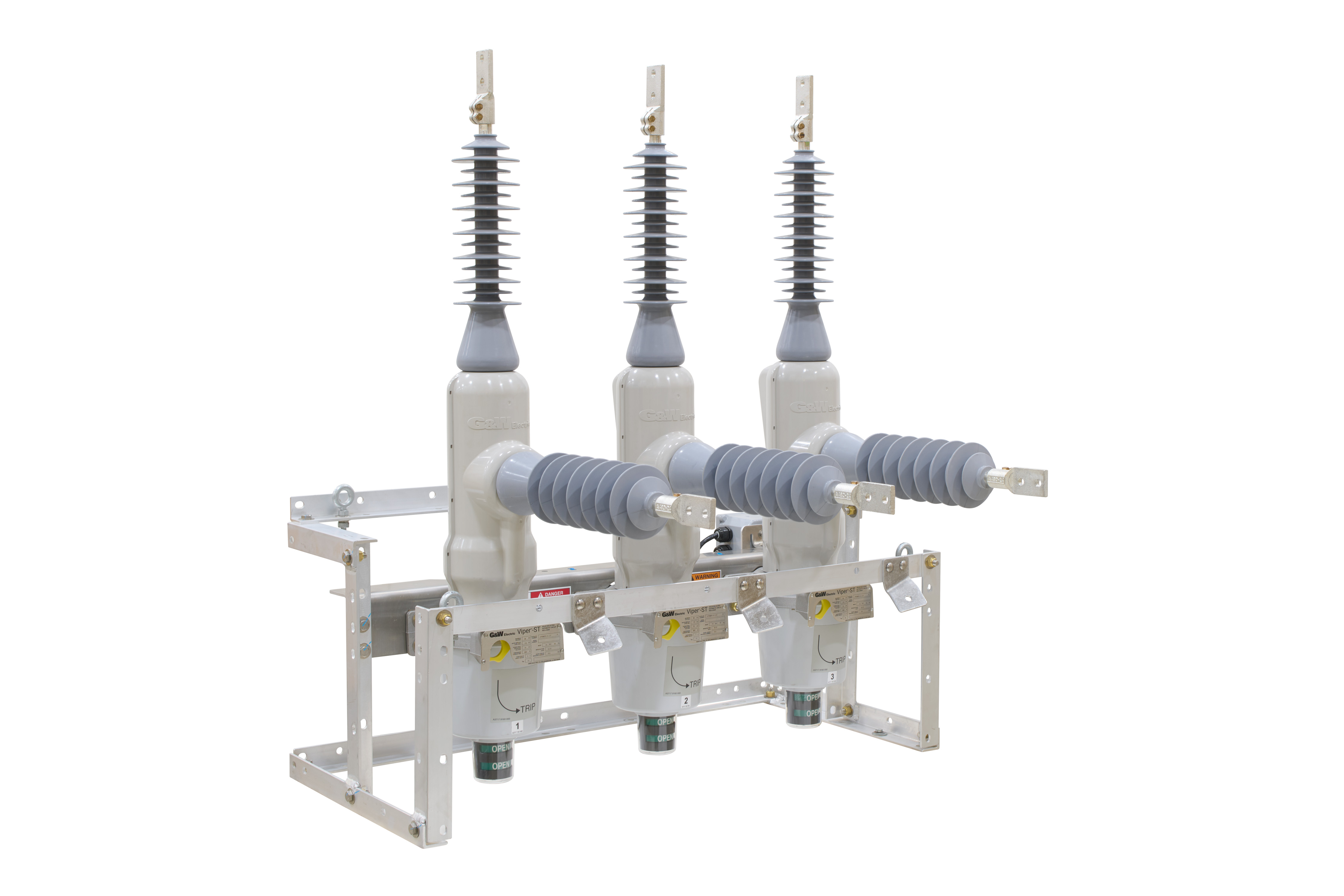Autotransformer - The Efficiency and Versatility of Technology
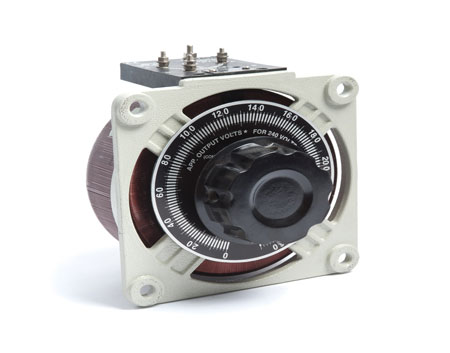
Substation Maintenance Training
Our customized live online or in‑person group training can be delivered to your staff at your location.
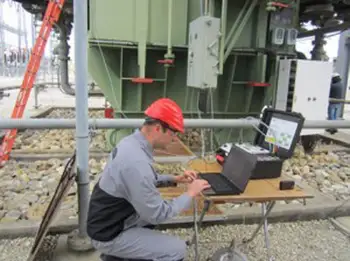
- Live Online
- 12 hours Instructor-led
- Group Training Available
Download Our OSHA 3875 Fact Sheet – Electrical PPE for Power Industry Workers
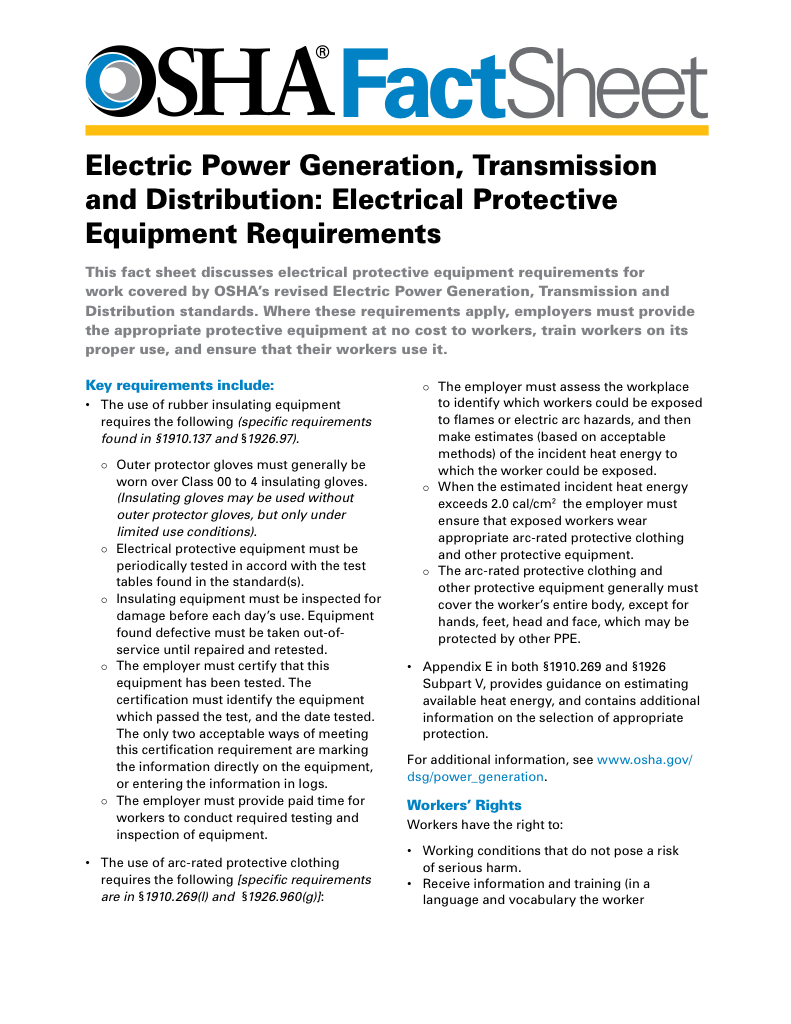
- Follow rules for rubber gloves, arc-rated PPE, and inspection procedures
- Learn employer obligations for testing, certification, and training
- Protect workers from arc flash and electrical shock injuries
Autotransformer offers single-winding voltage regulation with tap changer for efficient step-up or step-down control, ideal for motor starting, soft start, and power distribution where compact design and reduced copper losses matter.
Understanding the Autotransformer
An autotransformer uses a single winding to raise or lower voltage, improving efficiency but without galvanic isolation. It has a single-winding design with adjustable taps for voltage control. A step-up or step-down, which is ideal for motor starting and power distribution and a higher efficiency and lower copper use with no isolation between circuits.
Autotransformer technology is a cornerstone for industrial electricians aiming to optimize energy efficiency and ensure smooth operation in complex electrical systems. Understanding how autotransformers work is crucial, as they provide cost-effective voltage regulation, reduce energy losses, and offer flexibility in handling various industrial applications. An autotransformer is a unique type of transformer that operates using a single winding. Unlike traditional transformers with separate primary and secondary windings, an autotransformer uses a single coil with a tap point that adjusts the voltage. This design allows it to function efficiently by sharing a common winding between the input and output. The simplicity of its construction reduces material costs, making it a cost-effective solution in many applications. This fundamental structure difference sets the autotransformer apart from its conventional counterparts, offering a streamlined approach to voltage transformation while maintaining reliability and efficiency. For foundational definitions and diagrams, consult this overview of autotransformers to reinforce core concepts.
Electrical Transformer Maintenance Training
Substation Maintenance Training
Request a Free Training Quotation
Operation and Voltage Adjustment
The primary function of an autotransformer is to adjust voltage levels, either stepping up or down the voltage as needed. This is achieved by selecting different points along the winding to act as the tap for the output voltage. For instance, a lower tap point will reduce the output voltage, while a higher one will increase it. This ability to modify voltage levels with precision makes the autotransformer a versatile tool in electrical engineering. Whether used in power distribution systems, industrial machinery, or household appliances, its operational flexibility ensures compatibility with various voltage requirements, enhancing its applicability in diverse scenarios. For a side-by-side comparison of conventional transformers and autotransformers, see this comparison of transformers and autotransformers which clarifies selection criteria for engineers.
Electricity Today T&D Magazine Subscribe for FREE

- Timely insights from industry experts
- Practical solutions T&D engineers
- Free access to every issue
Applications
Autotransformers have a wide range of practical applications across different industries. In power distribution systems, they are often employed for voltage regulation, ensuring stable and efficient electricity delivery to homes and businesses. In industrial settings, they adapt machinery to operate with varying voltage supplies, optimizing performance and reducing energy waste. Additionally, they play a crucial role in audio systems, where they are used to match impedances and improve sound quality. This versatility, combined with their cost-effectiveness, makes devices indispensable in both everyday and specialized electrical applications. Their adaptability to numerous tasks underscores their importance in modern electrical infrastructure. In utility and industrial grids, understanding the role of power transformers helps contextualize the place of autotransformers within the overall system design.
Advantages and Disadvantages
One of the most notable advantages of the autotransformer is its compact size and lightweight design. Eliminating the need for separate primary and secondary windings reduces material requirements, thereby lowering size and production costs. This makes it an attractive option for projects with budget or space constraints. However, the device has certain limitations, most notably the lack of electrical isolation between the input and output. This means that any fault on the primary side can directly affect the secondary side, posing potential safety risks in specific scenarios. Understanding these trade-offs is crucial to determining the suitability of an autotransformer for a given application. Where only minor voltage correction is needed or isolation is required, buck-boost transformers may be preferable in certain installations.
Variable Autotransformers
Variable autotransformers represent a specialized category of these devices, offering an additional layer of functionality. Equipped with a sliding brush mechanism, they allow continuous adjustment of the output voltage, providing smooth, precise control over voltage levels. This feature is particularly beneficial in applications where fine-tuned voltage regulation is essential, such as in laboratory settings or in testing equipment. The ability to dynamically adjust the voltage output not only enhances operational flexibility but also broadens the range of possible applications. Variable autotransformers exemplify the innovative potential of this technology, further broadening its utility in modern electrical systems. Their operation still follows core AC transformer principles regarding magnetic induction and sinusoidal excitation.
Frequently Asked Questions
What is an autotransformer used for?
An autotransformer is widely used for voltage regulation and conversion in electrical systems, making it an essential tool in various applications. Its design allows for precise adjustments to voltage levels, ensuring stable power delivery even when supply voltages fluctuate. This capability is particularly valuable in industrial and laboratory environments where consistent voltage is critical. Additionally, devices are employed to step up or step down voltages for specific uses, such as powering equipment with differing voltage requirements or optimizing energy transfer in power distribution systems. They also play a crucial role in split-phase systems, balancing voltages between phases to enhance system efficiency. In motor applications, devices serve as starters, reducing initial voltage to minimize power surges and wear on machinery. Their efficiency, compact size, and versatility make them indispensable in modern electrical networks. In systems that use direct current, review how DC power transformers are handled and where alternative conversion methods are used.
Why do we use autotransformers?
Autotransformers are used because of their efficiency, compact design, and cost-effectiveness in voltage regulation and conversion applications. Their unique single-winding construction reduces material use compared to traditional transformers, making them lighter, smaller, and more economical. This design also minimizes energy losses, thereby improving operational efficiency. Autotransformers are particularly advantageous when the difference between input and output voltage levels is small, as their design maximizes energy transfer under these conditions.
They are commonly used to stabilize fluctuating supply voltages, step voltage levels up or down, and balance voltages in split-phase systems. In motor applications, they act as effective starters by initially reducing voltage to prevent power surges and equipment stress. Their ability to provide a continuously variable voltage output via tap points enhances their versatility, making them essential in industries and systems that require precise voltage control. Overall, autotransformers combine practicality, adaptability, and efficiency, making them a preferred choice in many electrical applications.
FREE EF Electrical Training Catalog
Download our FREE Electrical Training Catalog and explore a full range of expert-led electrical training courses.

- Live online and in-person courses available
- Real-time instruction with Q&A from industry experts
- Flexible scheduling for your convenience
What are the three advantages of autotransformers?
Autotransformers offer several advantages that make them a preferred choice in many applications. Here are three key benefits:
-
Higher Efficiency: Since autotransformers use a single winding shared between the primary and secondary circuits, they experience fewer energy losses compared to traditional transformers. This makes them more efficient, especially when the voltage difference between input and output is minimal.
-
Compact Design and Cost-Effectiveness: The single-winding design requires less material, resulting in a smaller, lighter, and more economical device. This compact size makes autotransformers ideal for applications where space and cost constraints are critical.
-
Continuously Variable Voltage Output: With strategically placed tap points, auto transformer can provide precise primary voltage and secondary voltage adjustments. This versatility makes them highly useful in applications that require fine-tuned voltage control, such as laboratory equipment, industrial machinery, and power distribution systems.
These advantages make autotransformers a practical and efficient solution for voltage regulation and conversion in various electrical systems.
What are the two types of autotransformers?
There are two main types of autotransformers: step-up and step-down. A step-up autotransformer increases the voltage on the secondary side relative to the primary side, making it suitable for applications that require boosting voltage, such as long-distance power transmission or machinery that requires a higher voltage than the input supply. On the other hand, a step-down autotransformer reduces the secondary voltage relative to the primary, commonly used when a lower voltage is needed for devices or equipment, such as household appliances or machinery that operate at a lower voltage than the main supply. Both types leverage a single winding to efficiently convert voltage, offering compact size, cost savings, and improved performance for specific voltage requirements. For broader fundamentals on step-up and step-down transformers, see typical use cases and sizing practices.
An autotransformer is an efficient electrical device used for voltage regulation and conversion. Unlike traditional transformers, which have separate primary and secondary windings, an autotransformer uses a single winding shared between both circuits, making it more compact, cost-effective, and energy-efficient. It is commonly used to either step up or step down voltage levels in various applications, such as industrial machinery, power distribution, and motor starting. The ability to provide continuously variable voltage through tap points makes it a versatile tool for precise voltage control. However, its lack of electrical isolation between primary and secondary circuits limits its use in certain applications where safety is a concern. Despite this, the autotransformer remains an essential component in electrical systems that require efficient voltage regulation with minimal material use and space.





